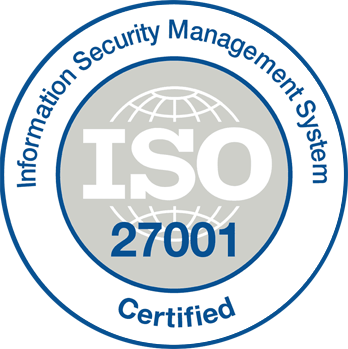The importance of security in software development refers to the prominence of security in designing, creating, and maintaining software applications. Software is essential in our daily lives and businesses in today’s digital age. However, as software applications become more difficult and stylish, they become exposed to security threats like hacking, data breaches, and malware attacks. Security in software development is, therefore, essential to protect users’ sensitive data and ensure the integrity and reliability of software applications.
Risks of Doubtful Software
Doubtful Software can have serious concerns, including data breaches, theft of personal and sensitive information, financial losses, and damage to a company’s reputation. Insecure Software can also lead to regulatory and legal penalties and harm to individuals and businesses who rely on software applications.
Benefits of Secure Software Development
Secure software development offers several benefits to individuals and businesses, including improved protection of sensitive data and personal information from virtual threats. It also enhances trust and reliability with customers, who expect their personal information to be protected when using digital services. In addition, developing secure Software reduces the likelihood of legal and financial penalties, as non-compliance with data protection regulations can result in severe consequences. By prioritizing security in software development, businesses can demonstrate a guarantee to protect their customers’ data and build a more secure digital environment.

Best Practices for Secure Development
Secure software development requires the implementation of several best practices to lessen security risks. Developing secure Software typically includes employing methods like threat modeling to discover potential vulnerabilities.
It is also vital to stay up-to-date with the latest security updates and patches, which can help prevent newly discovered security threats. Training and increasing security awareness among all staff involved in software development are essential to add security into the development process.
Pros and Cons
Pros
- Improved protection of sensitive data and personal information from cyber threats.
- Enhanced trust and credibility with customers.
- Minimum chances of legal and financial penalties.
- Early identification and defense of security risks in the software development process.
- Potential cost savings by avoiding expensive security breaches and associated damages.
Cons
- Security measures can add time and cost to the software development process.
- Increases the risk of slowing down the software development process due to extra security measures.
Conclusion
In conclusion, the importance of Security in Software Development should be a top priority step to protect both the Software itself and the sensitive data it handles. Failure to adequately address security concerns can lead to severe consequences such as data breaches, loss of user trust, financial losses, and even legal action.
By incorporating security measures throughout the entire software development lifecycle, developers can help to prevent vulnerabilities and diminish potential risks. Developers must remain vigilant and stay up-to-date on emerging threats and best practices to ensure their software is as secure as possible.
Frequently Asked Questions
Software developers must implement security measures to ensure the Software is reliable, trustworthy, and resilient to potential vulnerabilities.
Software developers must be mindful of various security risks such as malware, social engineering, and denial-of-service attacks. Developers need to identify these threats and implement appropriate security measures to prevent them from occurring.
Some of the best practices for incorporating security into software development include performing regular security assessments, following secure coding practices.
Ensuring the security of software development is a shared responsibility between software developers, security professionals, and other stakeholders such as project managers, product owners, and end-users. Each party should take appropriate measures to ensure the Software is secure and reliable.









